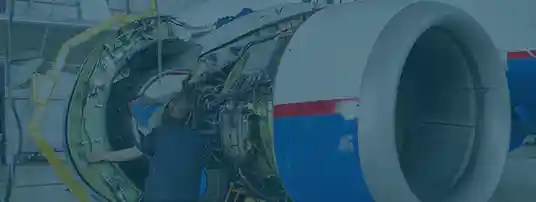Posted on November 5, 2025 linda strong electronics
Electronic flight displays (EFDs) are integral to modern avionics, serving as the primary interface through which pilots visualize and interpret flight data across all phases of operation. To maintain reliability under dynamic environmental conditions, these systems are often designed to integrate advanced display technologies and interconnected data pathways that ensure consistent performance and information flow. In this blog, we will explore how engineering design, avionics interoperability, and regulatory testing work together to define the performance of today’s electronic flight displays, so read on to learn more.
What Core Engineering Principles Govern Electronic Flight Display Design?
EFDs are typically built to integrate complementary hardware and software features that sustain stable performance and image fidelity across diverse flight environments. Several foundational design elements can illustrate how these priorities are realized in practice, including:
How Are Electronic Flight Displays Integrated Within Modern Avionics Suites?
To achieve seamless connectivity with surrounding avionics systems, engineers design EFD architectures to support continuous data exchange, synchronized operational logic, and dependable pilot interface performance. Several key integration practices enable these outcomes, including:
What Certification and Testing Processes Ensure Electronic Flight Display Reliability?
Upholding the reliability of EFDs usually requires a disciplined certification framework that validates engineering performance and regulatory compliance. To achieve this, many manufacturers verify software functionality, hardware integrity, and cockpit integration through a series of structured evaluations.
Browse Our Inventory of Electronic Flight Display Components
When you are in search of competitive purchasing options on a range of electronic flight display components, look no further than Aviation Sourcing Solutions and our vast selection. While other channels may ask you to decide between reliability, pricing, and timely fulfillment, we strike an optimal balance where you can routinely meet budgets and constraints without ever forgoing quality. Be sure to keep our commitments in mind as you explore our database, and if you have any specific questions concerning the items you are seeking, do not hesitate to connect with a staff member of ours via phone or email today!

 The only independent
The only independent



“We Proudly Support Intrepid Fallen Heroes Fund that serves United States Military Personal experiencing the Invisible Wounds of War : Traumatic Brain Injury (TBI) and Post Traumatic Stress (PTS). Please visit website (www.fallenheroesfund.org) and help in their valiant effort”.
We Hope that You Will Visit Us Again the Next Time You Need Aircraft Parts and Make Us Your Strategic Purchasing Partner.
Request for Quote